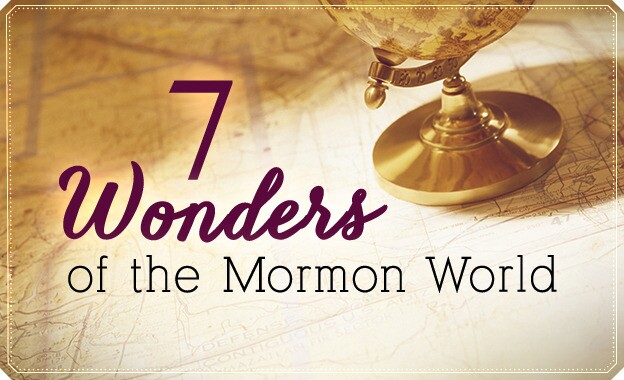Throughout the world, there are sites that are deeply meaningful to members of the Church. Cherished for their beauty, history, or even their mystery, here is our list of 7 Wonders of the Mormon World.
1. The Tomb of Joseph
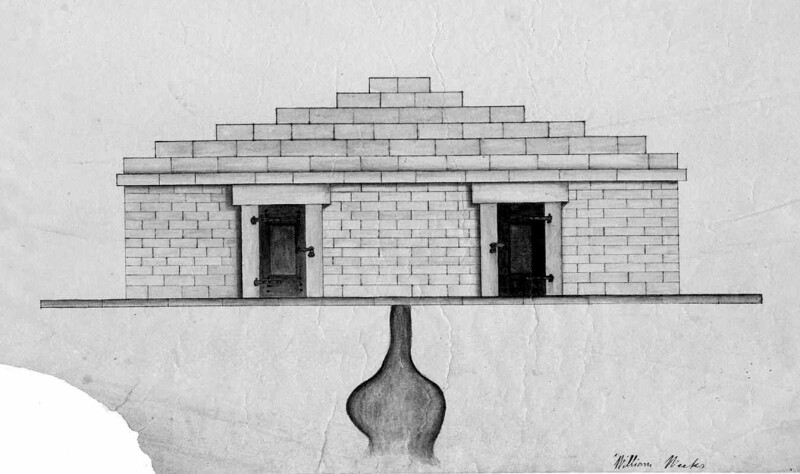
Architect's drawing of Joseph Smith's Tomb (courtesy of LDS Church Archives)
When the Saints were building the Nauvoo Temple, Joseph Smith Jr. had a family tomb built nearby, where he desired to be buried.
He wrote, "Let my father, Don Carlos, and Alvin, and children that I have buried be brought and laid in the tomb I have built. Let my mother, and my brethren, and my sisters be laid there also; and let it be called the Tomb of Joseph, a descendant of Jacob. And when I die, let me be gathered to the tomb of my father" Scott H. Faulring, ed., An American Prophet’s Record (Salt Lake City: Signature Books, 1989), 251.
When the Prophet and his brother Hyrum were martyred at Carthage Jail, however, the tomb was not complete. Furthermore, despite Joseph's very public wishes to be buried in the sepulchre, his wife, Emma, refused to allow him to be buried there for fear his body would be desecrated.
This led to a public dispute between Emma and Brigham Young. In the October 1845 conference, Brigham Young stated, “We are determined also to use every means in our power to do all that Joseph told us. And we will petition Sister Emma, in the name of Israel’s God, to let us deposit the remains of Joseph according as he commanded us. And if she will not consent to it, our garments are clear. Then when he awakes in the morning of the resurrection, he shall talk with them, not with me; the sin shall be upon her head, not ours” (“Conference Minutes,” Times and Seasons 6, no. 16 (1 November 1845): 1014–15).
After the Saints left Nauvoo, their beloved temple was destroyed by fire, tornado, and ultimately demolition, and the Tomb of Joseph was also lost. Hopefully, someday the tomb will be found. Until then, scholars have four theories of the location of the sepulchre.
2. The Granite Mountain Records Vault
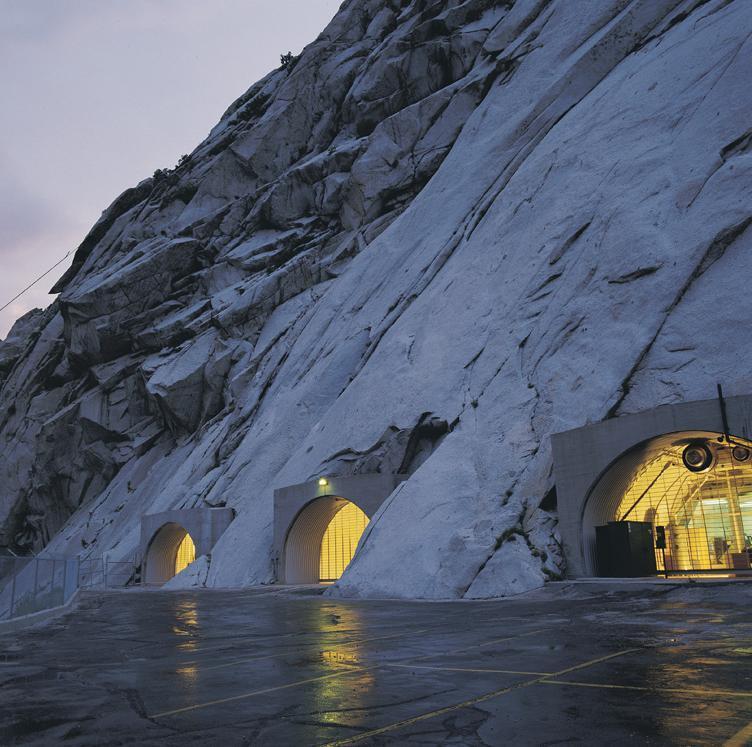
The Granite Mountain Records Vault contains the world's largest collection of genealogical records. Located in Little Cottonwood Canyon, near Salt Lake City, the vault houses billions of images on microfiche, microfilm, and digital media. The vault also protects valuable items important to Church operations and Church history.
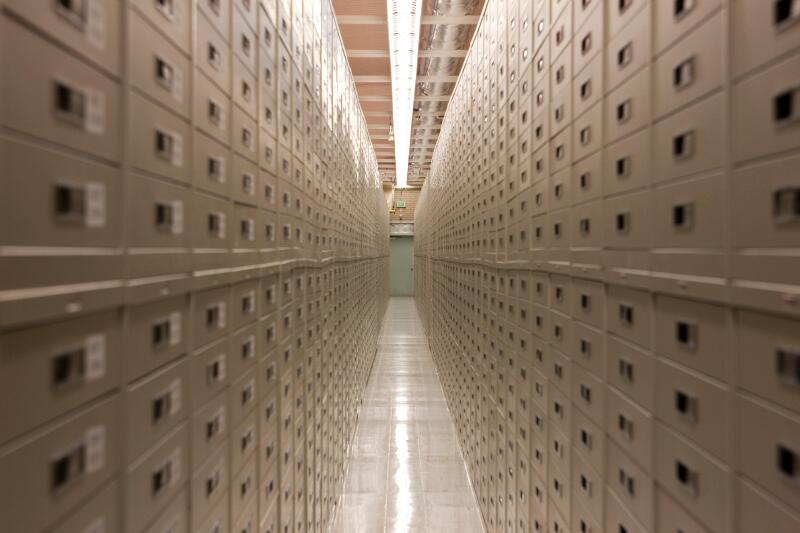
The vault is nearly 700 feet inside solid granite, and the entrance doors are said to weigh between 9 and 14 tons--enough to endure a nuclear blast.
Excavation and blasting to build the Granite Mountain Records Vault began in 1960. The facility was completed in 1965 and dedicated on June 22, 1966.
For security reasons, the vault is not open to the public, but you can click below to watch the Church's video tour of the facility.
3. The Jerusalem Center
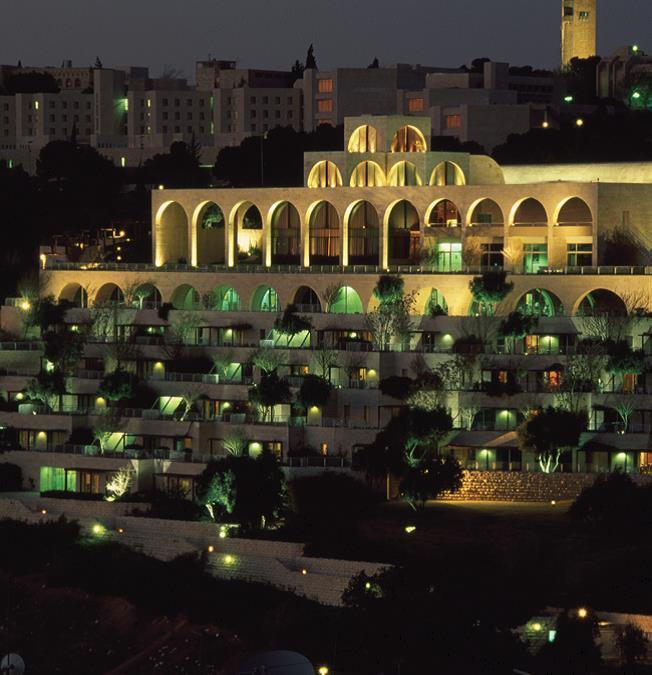
Photo courtesy of Brigham Young University
This year marks the 25th anniversary of the dedication of the The Brigham Young University Jerusalem Center for Near Eastern Studies. Though considered by many to be a stunning addition to Holy City's landscape, the project was first met with protests and death threats. In fact, it nearly caused the collapse of the Israeli government on more than one occasion. (Click here to read the miraculous story of how the Jerusalem Center came to be.)
Located on Mount Scopus, on the northern end of the Mount of Olives, the grace and beauty of the Jerusalem Center is distinctive. With its ingenious use of space and light, and the best natural materials from around the globe, it is an architectural masterpiece that reflects the style of the Near East and makes the most of the spectacular panoramic view of the Old City below.
Here are some fun facts about this magnificent building:
• The Center, approximately 125,000 square feet, is built on 5½ acres of land amid beautifully landscaped gardens that contain several trees and plants mentioned in the Bible.
• The Center has 8 levels and can accommodate approximately 170 students.
• The recital and special events auditorium is surrounded by glass on 3 sides, seats about 300 people, and features one of the finest organs in the region (which has more than 3,000 pipes).
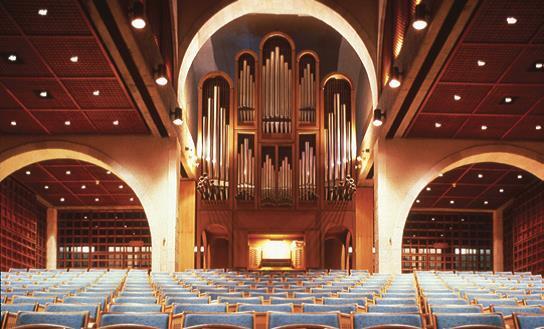
The auditorium at the Jerusalem Center (photo courtesy of Brigham Young University)
• The Center is constructed of hand-chiseled Jerusalem limestone and features 117 arches.
• More than 400 micropiles were drilled into Mount Scopus to secure the Center’s foundation in case of an earthquake.
• 40,000 tons of reinforced concrete were used to construct the building.
• Israeli architect David Reznik and U.S. architect Frank Ferguson designed the Jerusalem Center.
• The Center was closed to students from late 2000 through 2006 due to the Second Intifada (a Palestinian uprising that began in September 2000 and led to intense fighting between Palestinians and Israelis) and the 2006 Israel-Lebanon conflict.
4. The Sacred Grove
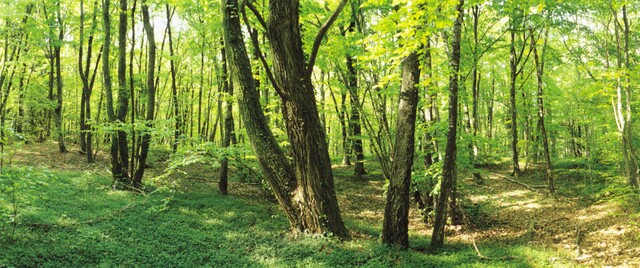
Photo from Thinkstock
In the spring of 1820, Joseph Smith Jr. entered a forest near his home to pray. It was here that he experienced the First Visionwhere he beheld God the Father and his Son, Jesus Christ, who appeared to Joseph to commence the Restoration of the fullness of the gospel to the earth. (See Joseph Smith-History.)
Joseph wrote of the experience, "I was enwrapped in a heavenly vision, and saw two glorious personages, who exactly resembled each other in features and likeness, surrounded with a brilliant light which eclipsed the sun at noon day. They told me . . . that the fulness of the Gospel should at some future time be made known unto me. (History of the Church, 4:536.)
Nine years later, in June of 1829, Joseph Smith Jr. gathered a small group of family and friends in these same woods and showed them the gold plates from which the Book of Mormon was translated. Each of the eight witnesses touched and examined the plates. They then prepared a written testimony that was published in the Book of Mormon.
The exact location of Joseph Smith's First Vision is unknown, but it occurred somewhere within a 10-acre forest on the western boundaries of the Smith family farm.
5. Pit Tomb 33
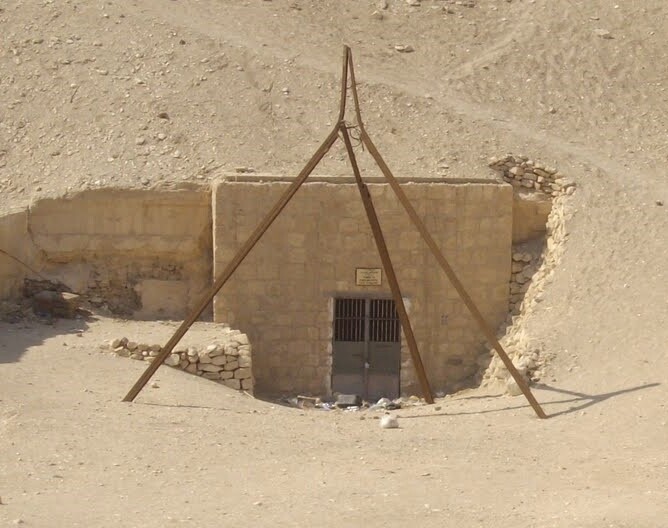
Photo courtesy of Jamie Armstrong
If you happen to take an LDS tour of the Holy Land, there is a good chance you will make a stop at Pit Tomb 33 in Egypt's Valley of the Nobles. Tourists are often told that this tomb is where the scrolls came from that Joseph Smith translated into the Book of Abraham.
While this tomb is a good candidate, we can't be sure which tomb contained the writings of Abraham. Here's what we do know:
1. The papyri came from the ancient city of Thebes (known as Luxor today) and were excavated by Antonio Lebolo.
2. After Lebolo's death, 11 mummies and some papyri that he excavated were sent to New York. An entrepreneur name Michael Chandler obtained the artifacts, and in the summer of 1835, he arrived in Kirtland, Ohio, with four mummies and several scrolls of papyrus. Church members purchased the mummies and the papyri for about $2,400.
3. After Joseph Smith examined the papyri and commenced “the translation of some of the characters or hieroglyphics,” his history recounts, “much to our joy [we] found that one of the rolls contained the writings of Abraham."
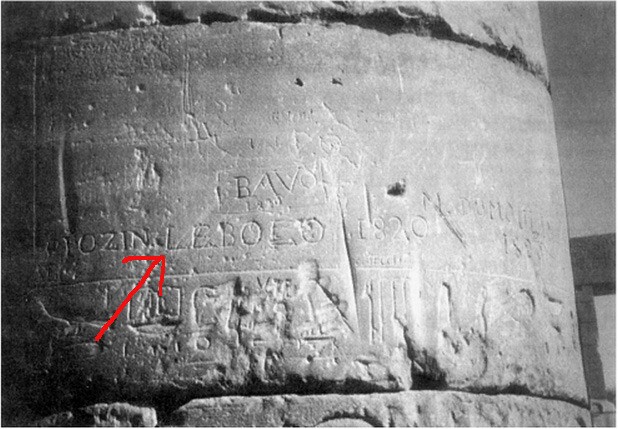
Lebolo's name inscribed in ancient Egyptian ruins
4. Lebolo excavated a large number of tombs in Thebes, including the two tombs called Pit Tomb 32 and Pit Tomb 33. However, we can’t be sure which tomb the mummies or papyri came from, or if the papyri even came from the same tomb as the mummies. (Scholars believe there is a good chance the mummies and papyri came from the same tomb, though.)
6. The Hill Cumorah
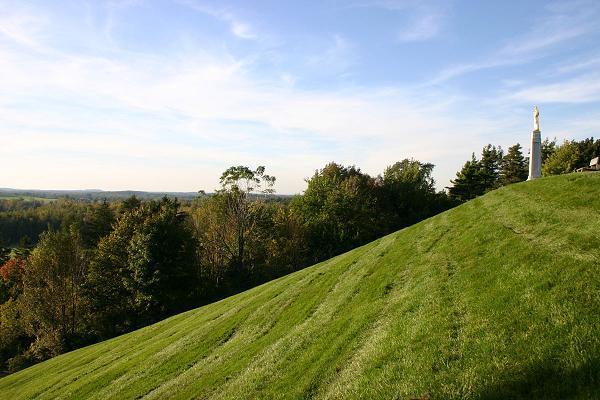
Photo from hillcumorah.org
In 421 A.D., Moroni, the last survivor of the Nephite civilization that had inhabited the Americas since about 600 B.C., buried in the Hill Cumorah a set of gold plates upon which were written the history of his people, known today as the Book of Mormon.
On September 21-22, 1823, Joseph Smith was visited by an angel named Moroni. Moroni prophesied of coming events and told Joseph of the Book of Mormon record. The angel allowed Joseph to see the gold plates, which were buried in the nearby Hill Cumorah, about three miles southeast of the Smith family farm.
"On the west side of this hill, not far from the top, under a stone of considerable size, lay the plates, deposited in a stone box,"wrote Joseph. (See Joseph Smith—History 1:27-53.)
Exactly four years later, on September 22, 1827, Joseph Smith received the gold plates from Moroni at the Hill Cumorah after having met with Moroni on September 22 of each of the previous four years. (See Joseph Smith—History 1:53, 59.)
Joseph Smith translated them and published them as the Book of Mormon: Another Testament of Jesus Christ.
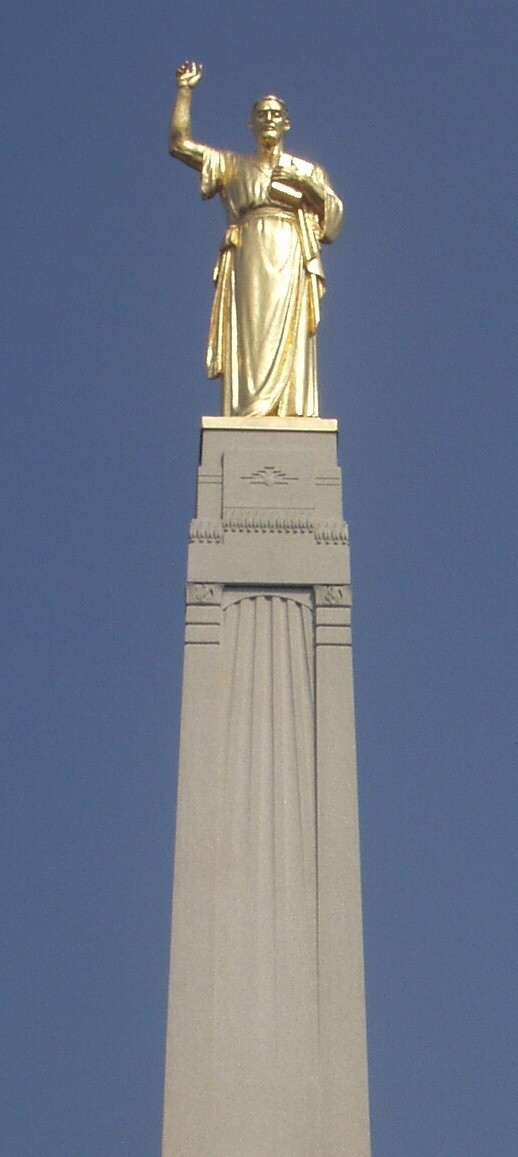
Photo by Torleif S. Khaphus
The Church acquired the Hill Cumorah in 1928. A granite monument topped by a nine-foot statue of Moroni was erected at the highest point of the hill in 1935. Today, the Church operates a modern visitors' center at the base of the hill.
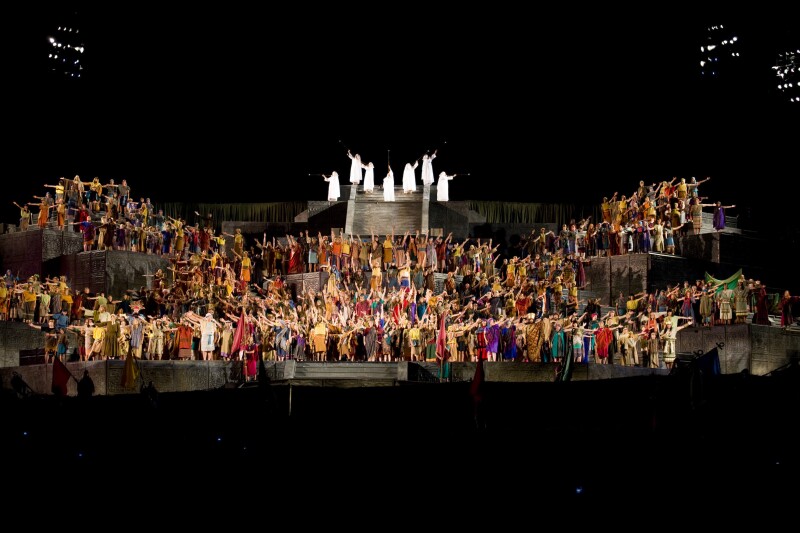
Photo from LDS Living
Every summer, an elaborate pageantfeaturing events from the Book of Mormon is held at the Hill Cumorah.
7. The Salt Lake Temple
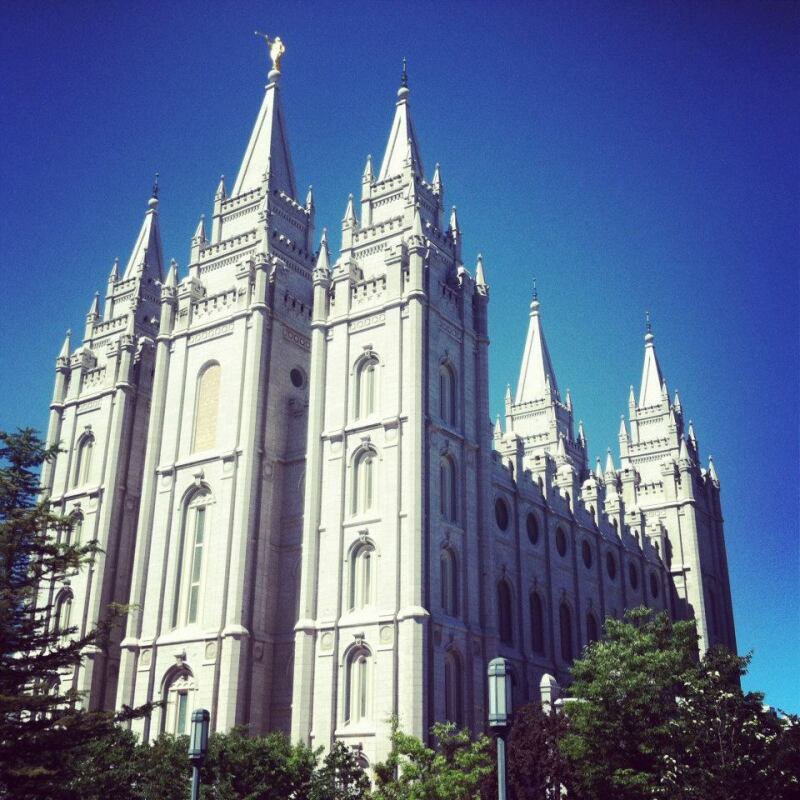
Photo from LDS Living
The Salt Lake Temple is an international symbol for the Church. This magnificent edifice took 40 years to build, during which time five laborers died in work-related accidents: Archibald Bowman (1855), Sam Kaealoi (1878), William Henry Pullan (1881), Samuel Ensign (1885), and Robert Ford (1890).
The Salt Lake Temple was the first to feature a standing angel Moroni statue (although original plans featured two angel Moroni statues--one on the east end and one on the west end). The east statue stands 14 feet tall, with a steel rod extending down into the tower about 27 feet, where a 4,000 pound counterbalance keeps the statue standing strong against even the worst storms.
The beauty of the temple is obvious. But if you look more closely, you will find deep symbolism not only on the inside of the temple, but on the outside structure itself. Here are just a few examples:
All-Seeing Eye
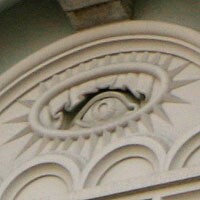
Photo from ldschurchtemples.com
Below the dedicatory inscription on the temple is the all-seeing eye. This is a symbol of God’s protection and omnipresence. (See Ps. 33:18; Prov. 15:3.)
Handclasp
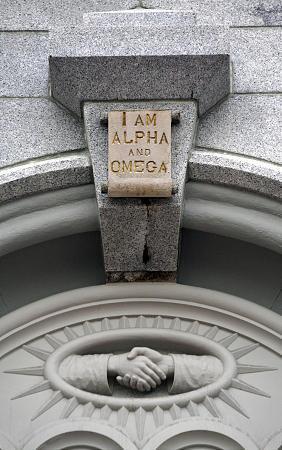
Photo from Deseret News
The handclasp symbolizes the hand of fellowship. This feature is located below the all-seeing-eye motif. The alpha-omega inscription reminds us of Jesus Christ's eternal existence (Rev. 1:8).
Cloud Stones
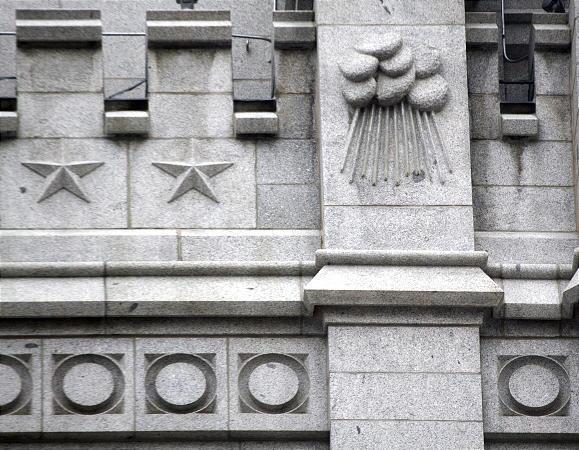
Photo from Deseret News
Cloud stones symbolize the presence of God as described in the Old and New Testaments. (See 1 Kgs. 8:10–11; Matt. 17:5.)
Below, you will find a circle within a square. The circle is symbolic of endless eternal life and perfection, while the square represents the earth and earth life. Combined, they symbolize man’s progression from mortal imperfection toward immortal perfection.
Earth, Moon, and Sun Stones
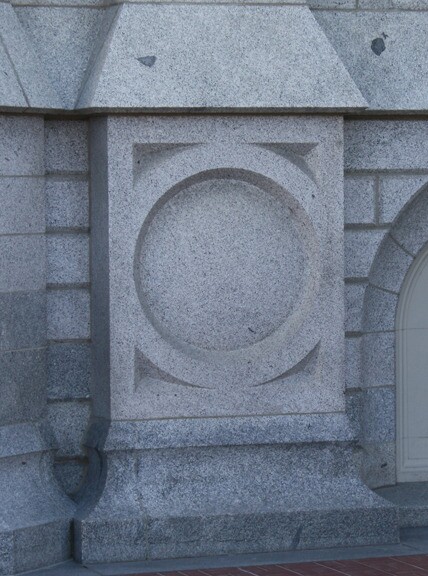

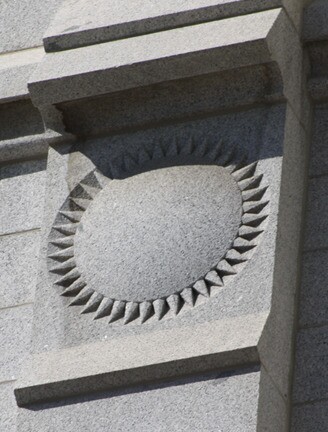
Photos from moroni10.com
Earth stones are found at the ground level, then moon stones, then sun stones (in ascending order). These represent the three degrees of glory: the telestial, terrestrial, and celestial kingdoms.
Earth stones also represent the gospel being spread to all nations, kindreds, tongue and people. Located at the base of the temple, they also represent Earth as God's footstool.
Moon stones depict the four phases of the moon (full, half, crescent, and new) symbolizing man's progression from birth to resurrection. Starting at the east tower, moon stones are arranged to depict a full 12-month cycle of the moon.
In addition to representing the celestial kingdom, sun stones are symbols for the glory of God, light and truth, and the Savior as the light of the world.
Big Dipper (Ursa Major)
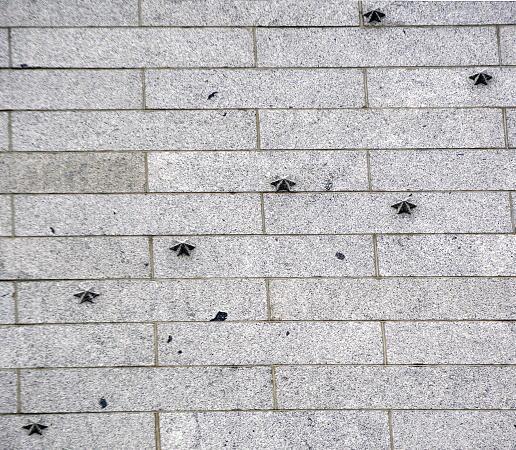
Photo from Deseret News
On the west facade of the temple, you can find the constellation Ursa Major (the Big Dipper) pointing toward the North Star. For centuries, people have used this constellation to find the North Star for navigation on their journeys. In this case, the constellation symbolizes how the lost may find themselves by the priesthood.
To learn more about the symbols on the Salt Lake Temple, read "Every Window, Every Spire "Speaks of the Things of God" by Richard Neitzel Holzapfel in the March 1993 Ensign.
Click here to read 40 Things You Didn't Know about Temple Square.

